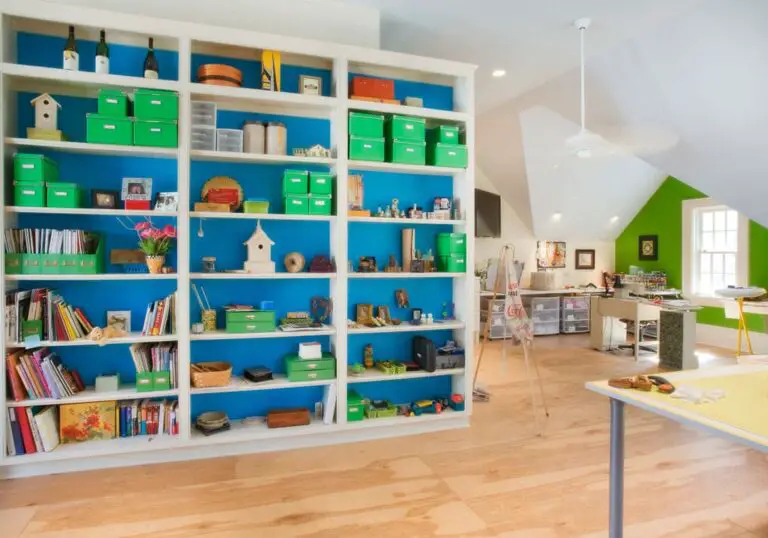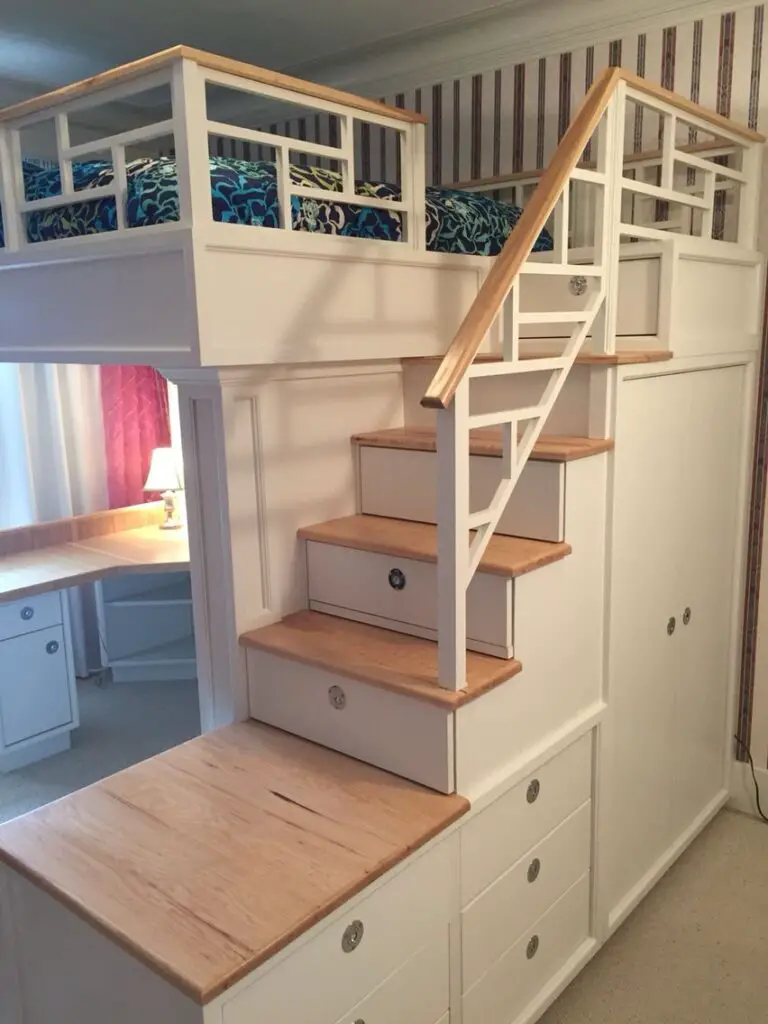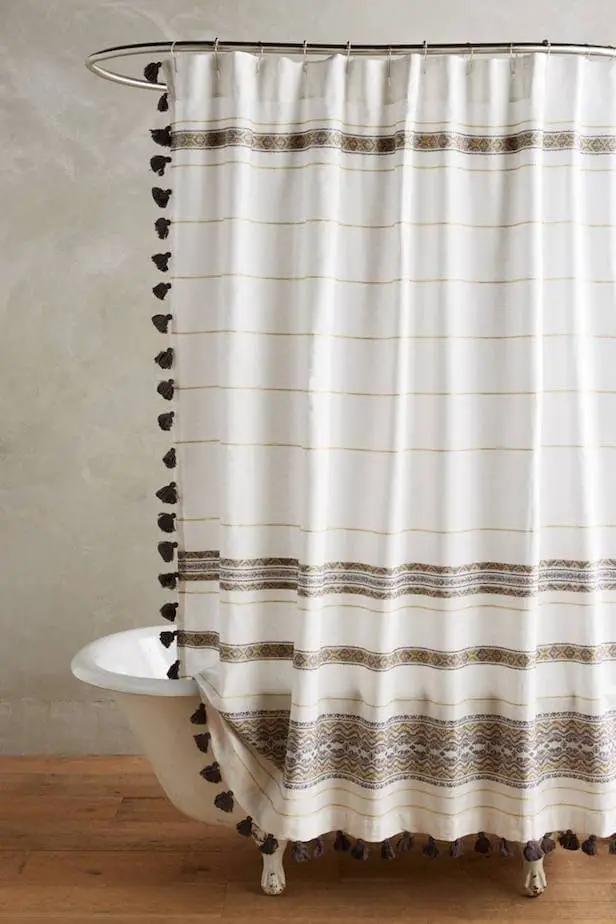11 Amazing Plants That Look Like Palm Trees But Arent (With Pictures)
If the allure of palm trees has captured your heart, but you’re limited by geography or climate, fear not! There are numerous plants that share the same tropical charm without requiring the ideal conditions for actual palms. In this article, we’ll explore 11 exceptional alternatives that can thrive in a variety of environments. From towering specimens to compact companions, each plant’s unique characteristics will be highlighted, including their height, width, and growing requirements.
Whether you’re seeking a statement piece or a low-maintenance addition to your indoor or outdoor space, this collection of palm-like plants is sure to delight. We’ll delve into the details of each plant, providing a comprehensive overview to help you make an informed choice.
11 Amazing Plants That Look Like Palm Trees
Banana Palm (Musa Acuminata).
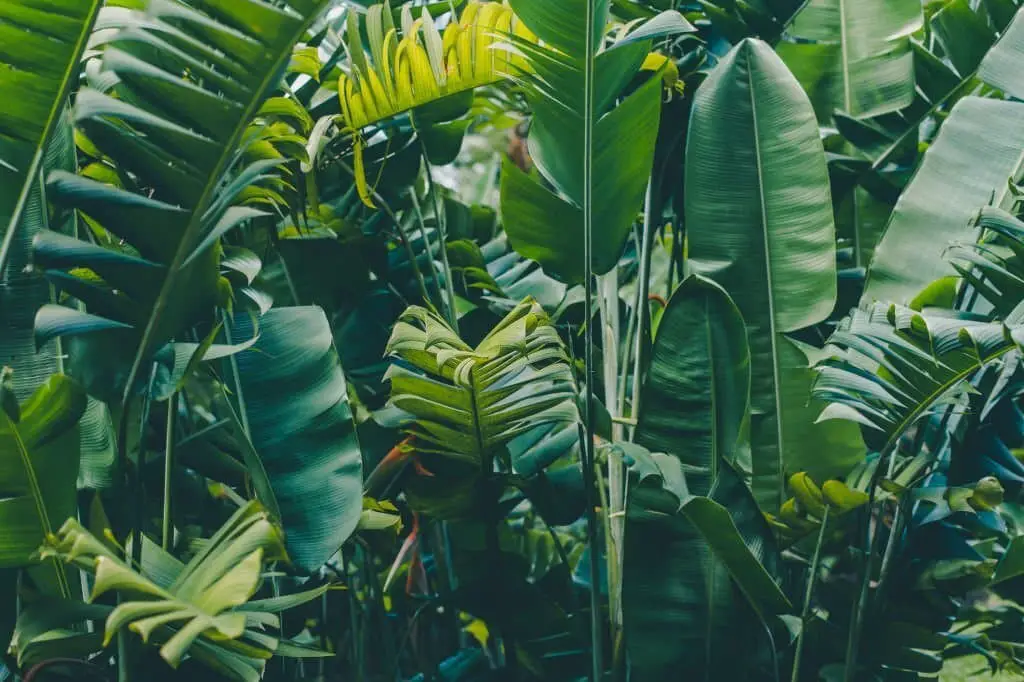
Native to Southeast Asia, the banana tree – a more common name for this plant – can reach impressive heights of up to 20 feet tall. Its yellow or green flowers are another notable feature. But it’s the fruit that really steals the show: the sweet and nutritious bananas we all know and love.
Bird of Paradise.
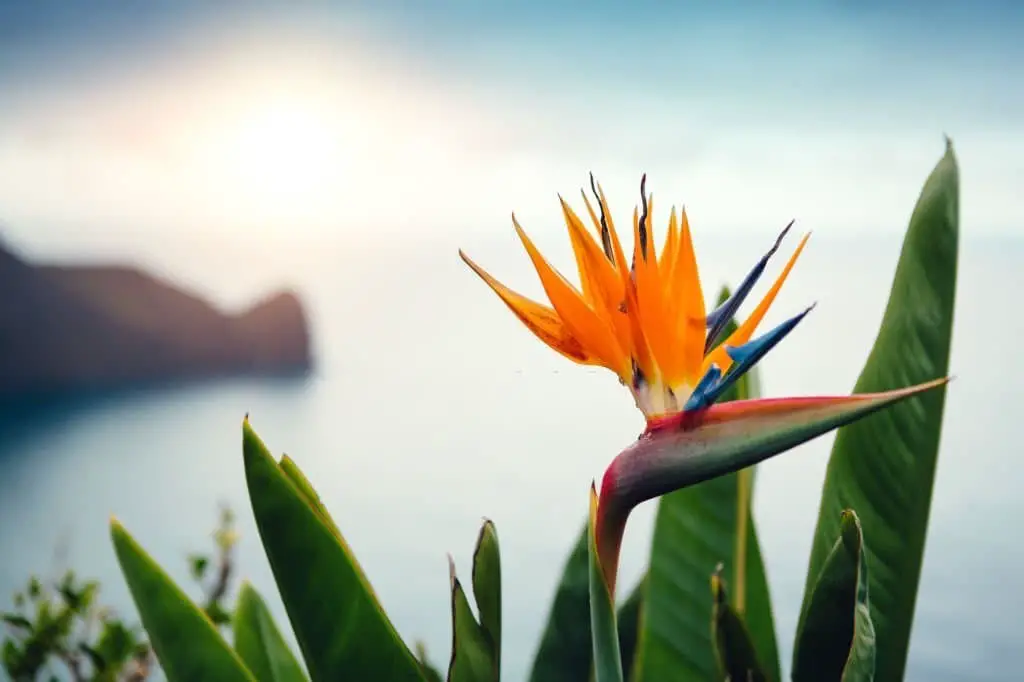
The majestic Bird of Paradise plant boasts a striking resemblance to a palm tree, with its lush green leaves stretching towards the sky. But what truly sets it apart are its vibrant flowers, which bloom in an array of colors including fiery orange, radiant yellow, and deep red hues. Native to South Africa, this tropical beauty thrives in warm climates where it can bask in the warmth and sunlight.
Cardboard Palm (Zamia Furfuracea).
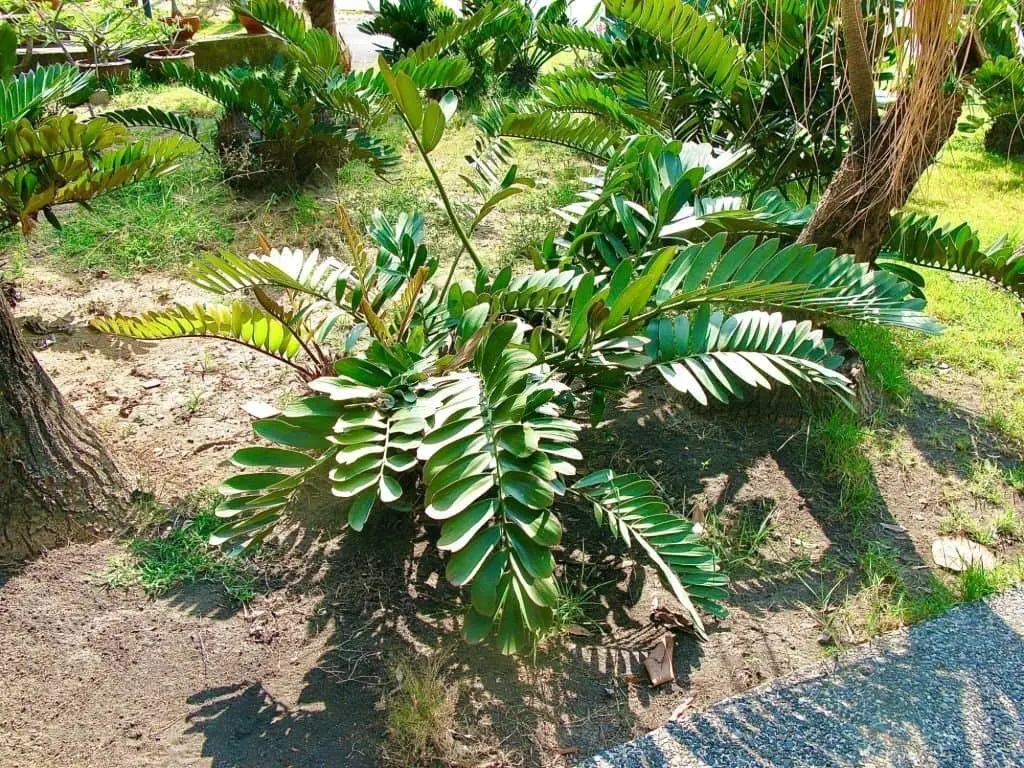
While not a true palm tree, the cardboard palm (related to ferns) is a unique and fascinating evergreen species. Native to Mexico and Central America, it thrives in a variety of environments, from humid to dry regions. Its striking feature is its thin, papery leaves that resemble cardboard – hence its name.
This slow-growing plant can reach impressive heights of up to 15 feet tall, with leaves stretching up to two feet long.
Despite its sluggish growth rate, the cardboard palm is surprisingly low-maintenance. It requires minimal watering and can even tolerate occasional drought. A spot with full sun or partial shade suits it well.
One thing to note is that this plant isn’t frost-tolerant, so it needs protection from harsh winter weather. Propagation is possible through division or seed, though seed-grown plants may take up to two years to mature.
The cardboard palm makes an excellent choice for both indoor and outdoor gardens, offering a conversation-starting addition with its unusual appearance.
Dragon Trees (Dracena Arborea).
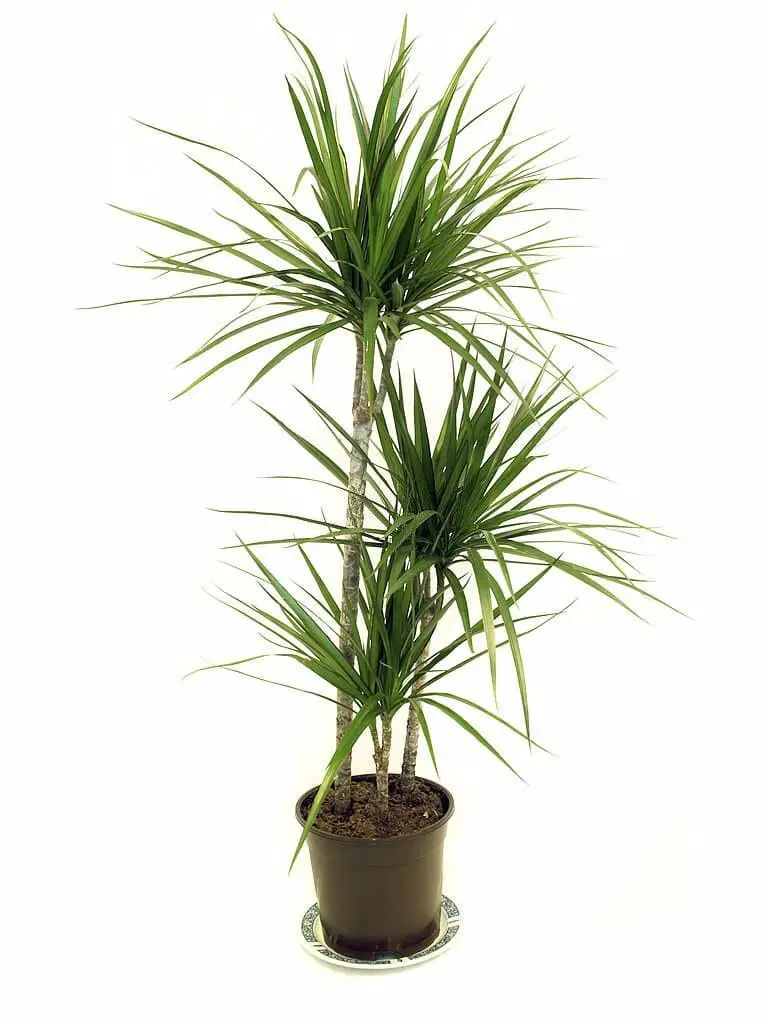
With its single trunk and spirally arranged leaves, the dragon tree stands out as a striking addition to any space. Reaching heights of up to 20 meters, this adaptable monocot can thrive in a variety of environments, from the Canary Islands and Madeira to Morocco, Cape Verde, western Africa, and southwestern Europe.
As a popular choice for indoor gardens, dragon trees are renowned for their ability to tolerate low light conditions, making them an excellent option for homes with limited natural illumination. Not only do they purify indoor air, but they also bring a touch of the exotic to any room. For those seeking a unique and low-maintenance plant that will transport them to a tropical paradise, the dragon tree is an ideal choice.
Gum palm (Dioon Spinulosum).
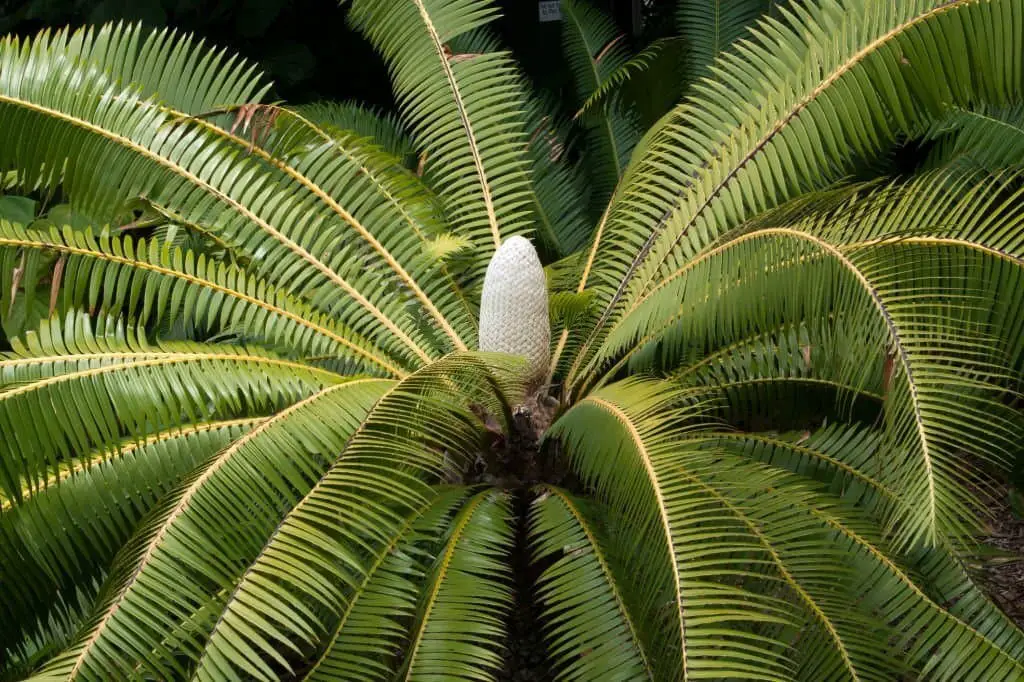
Gum palm, a species of Dioon within the Zamiaceae family, originates from Mexico and Central America. This evergreen plant can grow up to 12 meters tall, boasting a trunk diameter of approximately 30 centimeters.
Its leaves are pinnate in structure, reaching lengths of up to 300 cm with leaflets measuring 20-30 cm long and 15-20 cm wide. The yellow flowers emerge from cones that can grow up to 30 cm in length and 20 cm in width.
The fruit takes the form of a red berry, measuring up to 15 cm in diameter.
Gum palm thrives in full sun or partial shade, with well-drained soil being essential for its survival. Regular watering is crucial, but caution must be exercised against overwatering. A balanced fertilizer should be applied once monthly. Despite its hardiness, the plant remains susceptible to root rot and scale insects.
Madagascar Palm (Pachypodium Lamerei).

The Madagascar palm, native to the island of Madagascar, is a versatile and low-maintenance option for indoor and outdoor spaces. Reaching heights of 15-20 feet, this palm features a spiny trunk and long, green leaves that grow up to 18 inches in length. Its white flowers emit a sweet fragrance, while the black fruit contains seeds used for propagation.
As a popular houseplant, the Madagascar palm is prized for its easy care and ability to thrive in various conditions.
It tolerates most soil types, can be grown in full sun or partial shade, and requires minimal watering due to its natural drought tolerance. This plant is ideal for beginners, as it can be propagated through seeds or cuttings and will flourish in most homes.
Ponytail Palm (Beaucarnea Recurvata).
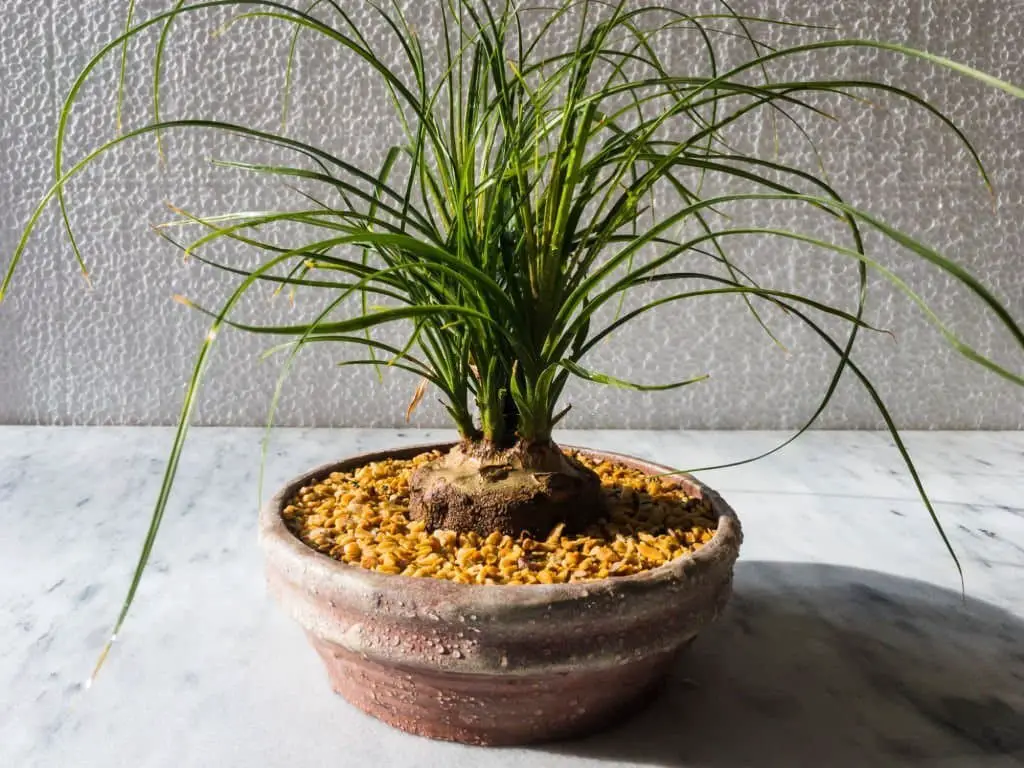
Ponytail palm, a monocot that bears a striking resemblance to its palm tree counterparts, originates from Mexico and Central America. Its single trunk is characterized by a bulbous base and slender leaves that elegantly recurve at the tips, giving it a unique silhouette.
The plant’s white flowers are borne in clusters on stalks that arise from the leaf axils, while its fruits take the form of black, fleshy, and oblong structures.
This charming plant has gained popularity as a houseplant, capable of reaching heights of up to 20 feet (six meters) when grown indoors.
One of its greatest appeals lies in its drought-tolerant nature and low-maintenance requirements, making it an ideal choice for those who may not possess a green thumb. Ponytail palm can be propagated through seed or division, offering enthusiasts multiple avenues to cultivate this beautiful plant.
Sago Palm (Cycas Revoluta).
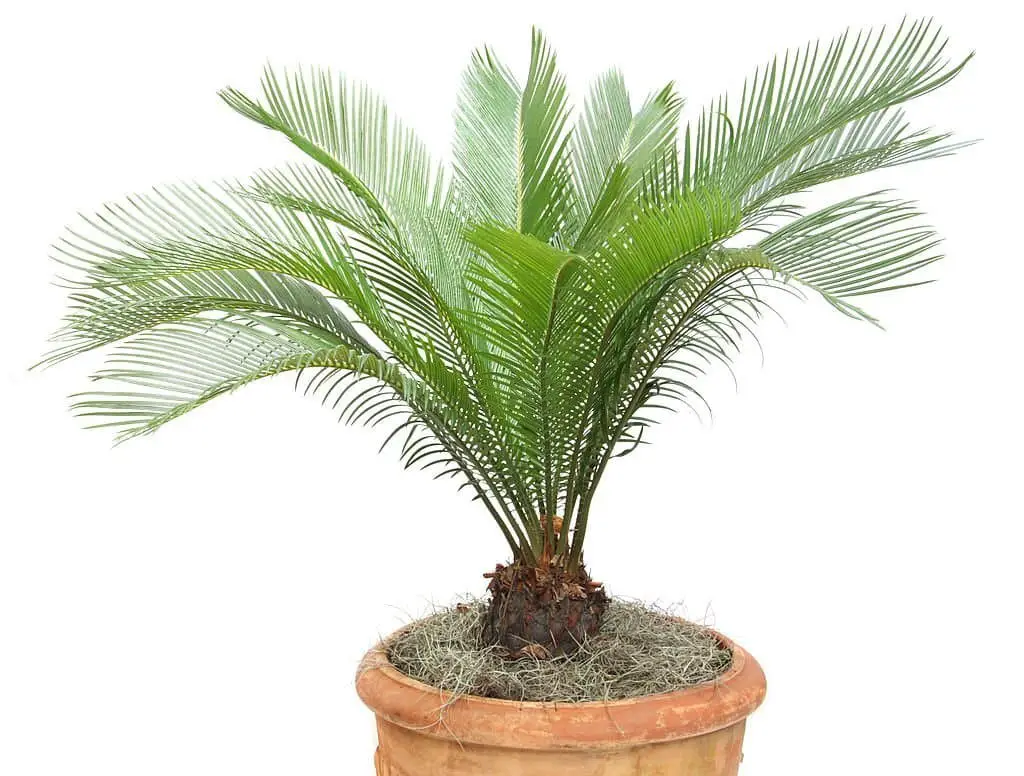
While often mistakenly referred to as a palm, the sago palm is actually a type of cycad. Its ornamental value has made it a popular choice for tropical and subtropical gardens. Native to southern Japan and Taiwan, this slow-growing yet long-lived plant can reach impressive heights of up to 15 feet (460 cm). The pinnate leaves are characterized by 30-40 pairs of narrow, leathery leaflets that provide a striking visual display.
Sago palms produce clusters of small, yellowish-white flowers, which in turn give rise to orange or red berries. A notable feature of this plant is its dioecious nature, meaning that male and female plants are distinct and separate.
Travelers Palm (Ravenala Madagascariensis).
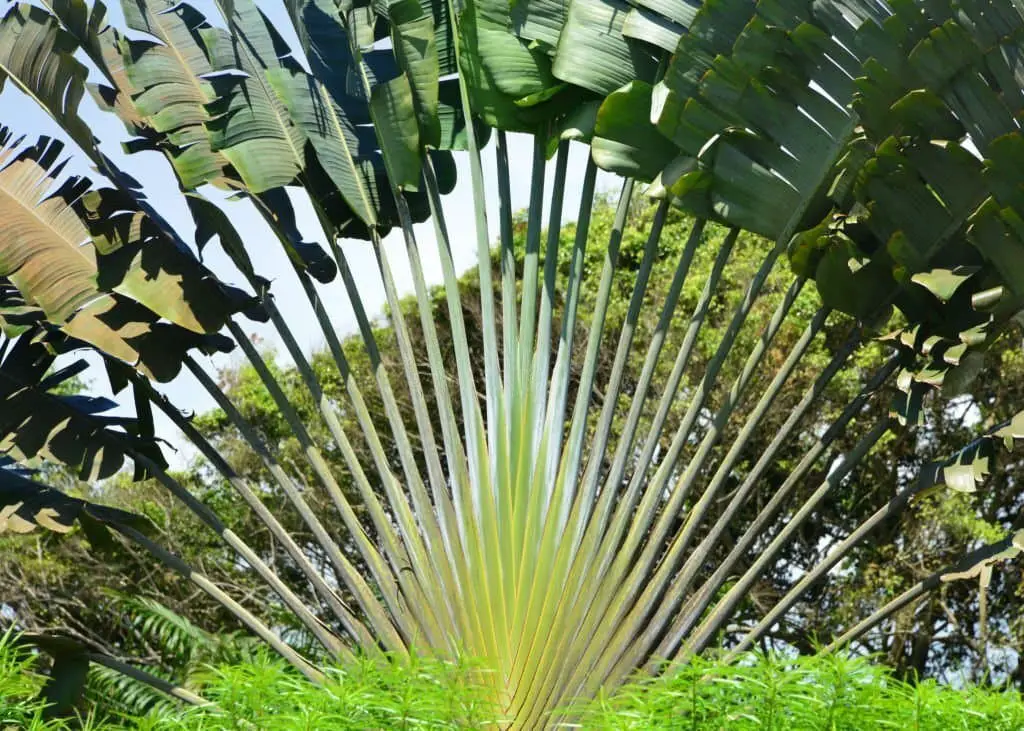
While not a true palm, the Travelers Palm is a stunning addition to any landscape. Belonging to the banana family (Musaceae), this unique plant hails from the humid forests of Madagascar. Its large, paddle-shaped leaves can grow up to 20 feet tall, making it a striking visual presence. The white, fragrant flowers and edible fruits only add to its allure. With its low-maintenance requirements and adaptable nature, the Travelers Palm has become a popular substitute for palm trees.
If you’re seeking a palm-like plant that’s easy to care for and can thrive in a range of conditions, this versatile species is definitely worth considering.
Vulcan Palm (Brighamia Insignis).
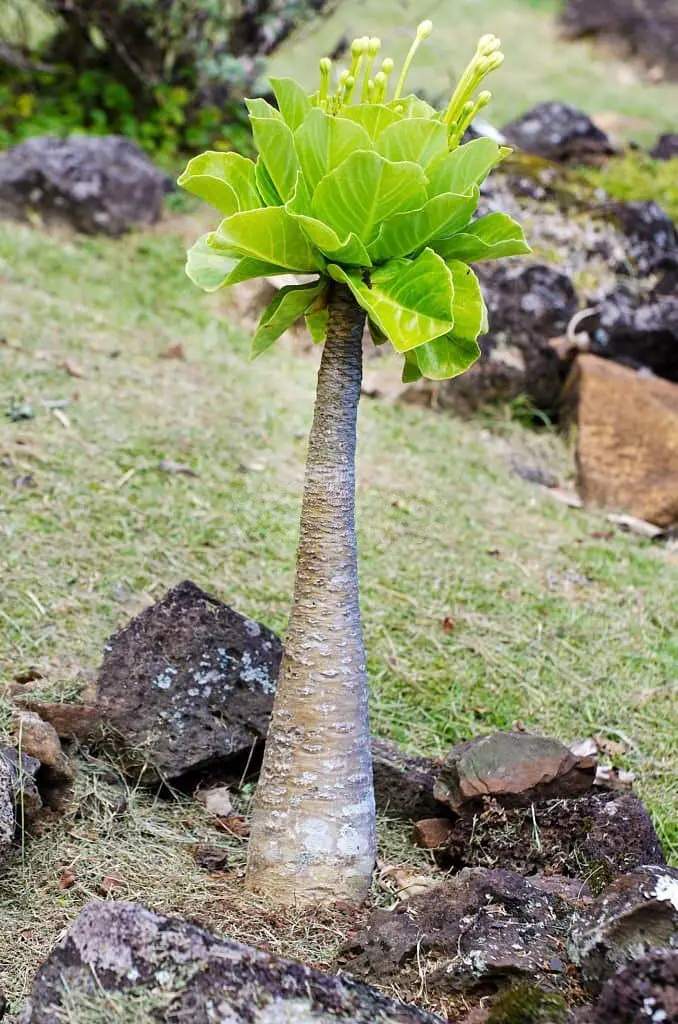
The Vulcan palm, a Hawaiian endemic plant species belonging to the bellflower family Campanulaceae, is characterized by its slender trunk with smooth gray bark and a crown of dark green, leathery leaves featuring saw-toothed margins. The plant’s most distinctive feature, however, is its white or pale yellow, bell-shaped flowers that bloom in clusters at the leaf axils. The fruit itself takes the form of a black drupe approximately one centimeter in diameter.
Native to the islands of Kauaʻi and Niʻihau, the Vulcan palm thrives in dry forest habitats at elevations ranging from 150 to 600 meters. Unfortunately, the species is endangered due to habitat loss and degradation, primarily resulting from the conversion of native dry forest habitats into pastureland for cattle ranching.
Yucca Plants.
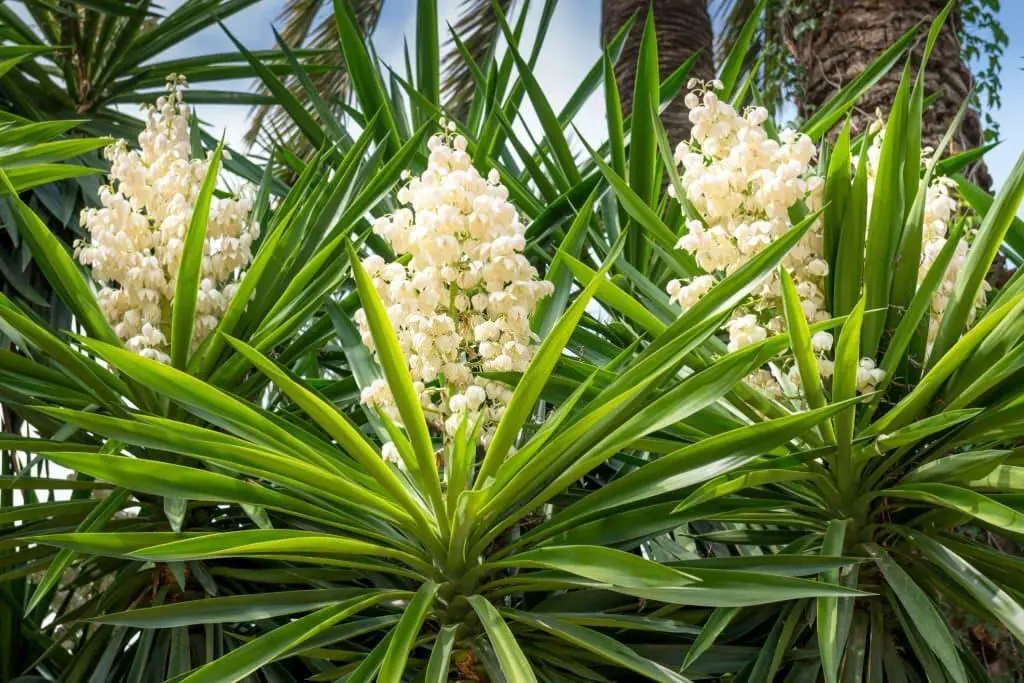
The yucca plant, a type of perennial shrub, thrives in the arid regions of North America. Its evergreen foliage is characterized by long, pointed leaves that provide a natural defense mechanism against herbivores and other predators.
This drought-tolerant plant can reach heights of up to 15 feet, punctuated by large clusters of white blooms that burst forth in the spring and summer months.
The yucca plant’s ability to withstand extreme heat and dryness makes it a popular choice for landscaping, often used as a striking accent or in sprawling mass plantings.
Notably, yucca plants are remarkably low-maintenance, requiring minimal watering once established, making them an attractive option for busy homeowners and gardeners alike.
FAQs
How can you tell if it is a cycad and not a palm?
When distinguishing between cycads and palms, two key characteristics stand out: leaf structure and trunk composition. Cycads are characterized by large, flat leaves with a green or blue-green hue, whereas palms have smaller, narrower leaves that typically range from green to yellow-green in color. The trunk is another telling feature – cycads boast thick, woody trunks, whereas palms sport thin, fibrous ones.
Moreover, cycads often produce cones as reproductive structures, whereas palms yield fruits.
What kind of houseplant looks like a palm tree?
Surprisingly, the answer lies in a type of fern known as Nephrolepis exaltata. This tropical plant hails from humid forest environments and boasts a unique appeal for those seeking to bring a touch of the exotic into their home without the demands that come with caring for a true palm tree. Characterized by its low-maintenance requirements, this houseplant thrives in conditions that are far from demanding, requiring minimal sunlight and watering.
Are yuccas related to palms?
While it may seem like yuccas and palms have a connection, they’re actually quite far apart in terms of their botanical families. Yuccas, as it turns out, are part of the Liliaceae family, which boasts an impressive array of over 600 distinct species. In contrast, palms are classified under the Arecaceae family, comprising roughly 2600 plant species. These two seemingly similar groups are actually quite distinct in their genetic makeup and evolutionary paths.
Conclusion
Incorporating the charm of tropical paradises into your indoor space can be as easy as bringing in some palm-like plants. With their unique shapes and vibrant colors, these low-maintenance beauties are sure to elevate any room’s ambiance. From stylish decor pieces to versatile additions to your home’s aesthetic, one of these incredible plants is guaranteed to find a perfect spot within your domain.
Related Posts
To pursue a career as a plant breeder, follow these step-by-step guidelines. First, earn a bachelor’s degree in horticulture or a related field, focusing on courses like genetics, statistics, and plant breeding principles. Next, gain hands-on experience by interning at a botanical garden, nursery, or research institution. This will help you develop the practical skills needed to excel in the field. Additionally, consider earning a master’s degree or Ph. D.
for advanced knowledge and career opportunities. Once you’ve completed your education and gained some industry experience, start building your professional network by attending plant breeding conferences, joining plant-breeding organizations, and collaborating with other professionals. With dedication and hard work, you can establish yourself as a respected plant breeder and contribute to the development of new, innovative plant varieties.

